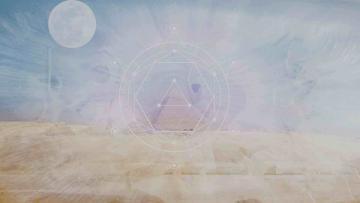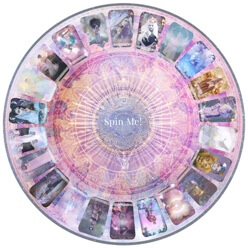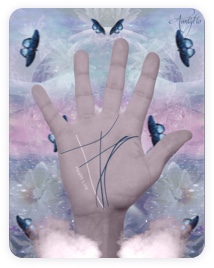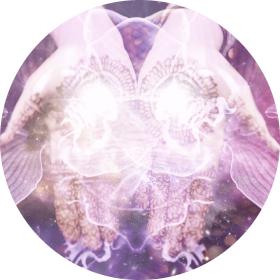Sabbat

Uncover hidden spiritual meanings
Pagan or Wiccan holidays that celebrate the turning of the wheel of the year and the actions of the god and goddess.
The most commonly celebrated today are Yule, Imbolc, Ostara, Beltane, Litha, Lughnasadh, Mabon, and Samhain.
A Witches Sabbat is a holiday recognized by the Pagan and Witch community. Within the Witches Wheel of the Year there are 8 holidays beginning with Samhain, the Witches New Year. The Sabbat itself is a celebration or ritual of some kind which recognizes the season and time of year and there is much myth and lore surrounding each one.
Each holiday has with it different symbolism that matches the particular season of the year. Sympathetic magic, which of using everyday objects to represent a magical undertaking, are common during Sabbat Celebrations. In Medieval times, practitioners of the Craft felt that if they did not dance around the May Pole or roll flaming wheels down a hill, that the Sun would never come back and they would all perish. In this the holidays were integral to ancient peoples.
In the modern day the Sabbats represent certain aspects of humanity which necessitate work. At Samhain, one might be introspective to prepare for the dark time of the year, for Ostara one might start to physically plant seeds to represent all of the new beginnings the practitioner desires to manifest in their lives. The Sabbats are the magickal ways with which Witches stay connected to the Earth, the seasons and themselves.
A seasonal celebration that allows Witches and neo-pagans to become attuned to the natural flow of energies of the Earth see also: Wheel of the Year
Neo-pagan uses of Sabbats is similar to the Jewish tradition of Shabbot, and it has been said that the term as we know it in modern Wicca stems from heretical adoptions of the celebratory practice. The phrase that most occultists today are familiar with was popularized by Gerald Gardner and his teachings of following the natural cycle of energy as it waxes and wanes over the course of the year.
The Sabbats as the Wheel of the Year
The wheel of the year makes up the 8 standard practices of the Wiccan holidays. They are in order:
- Samhain (A festival of the dead, October 30-31)
- Yule (Winter Solstice December 21)
- Imbolc (Candlemas January 31 - February 1)
- Ostara (Vernal Equinox March 21)
- Beltane (May Day Eve April 30 to May Day March 1)
- Litha (Midsummer June 22)
- Lughnasadh (Lammas July 31)
- Mabon (Fall Equinox September 21)
They are placed through the year, almost evenly spaced and timed with the seasons and sun phases. You will notice that some of them fall on the equinoxes and the solstice. There are specific rituals that are associated with each of the sabbats, but the ones that fall on the equinox and the solstice are generally considered the “most important” of the holidays.
The Sabbats and Creation Myth
Along with the rituals of the sabbats there is a generally accepted narrative that also is associated. Depending on the specific faith of the practitioner and culture that they acknowledge as their pantheon, there may be slight differences in the specifics. However, it is largely accepted that the sabbats create the story of the God and Goddess. This establishes a generalized creation story that many Wiccans adhere to, with the understanding that the sun and moon relations through the year correspond to the conception, birthing and cultivation of a relationship between the various aspects of the God and Goddess.
By Florance Saul
Oct 2, 2012







